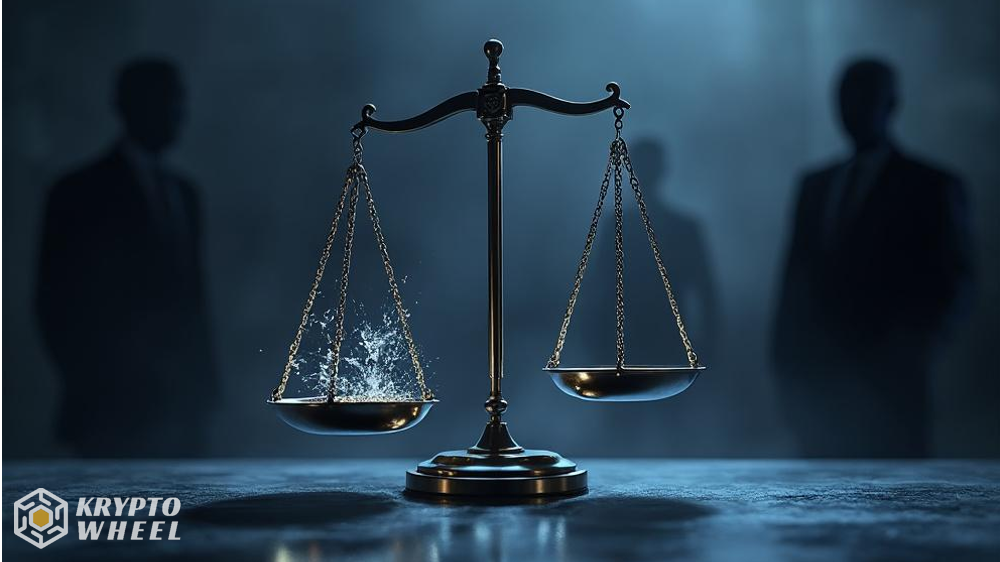SEC Chair Clarifies Crypto Token Categories
SEC Chair Paul Atkins made some of his most direct statements yet about which crypto tokens should be considered securities during a speech on Wednesday. His comments provide clearer guidance about how the Wall Street regulator plans to approach the crypto industry under the current administration.
Atkins emphasized that certain types of crypto tokens shouldn’t be classified as securities on their own. This includes what he called “network tokens”—those linked to functional, decentralized blockchain networks. This category likely covers many of the most popular cryptocurrencies out there, from Ethereum to Solana to XRP.
Three Exempt Categories
Another category Atkins identified is “digital collectibles.” These are cryptocurrencies that represent rights to media or reference internet memes, characters, current events, or trends. Under this definition, the wildly popular meme coins that have captured so much attention would fall outside the SEC’s regulatory scope.
The third exempt category is “digital tools”—crypto assets that serve practical functions like tickets, memberships, or badges. Atkins made clear that these also shouldn’t be considered securities in his view.
While these classifications might not come as a complete surprise given the SEC’s recent crypto-friendly moves, Wednesday’s speech offered more insight into the reasoning behind these positions. The core principle Atkins stressed is that an asset should only be considered a security when a third party’s managerial efforts are absolutely essential to promises about the asset’s future value.
The Managerial Efforts Test
Atkins repeatedly clarified an important distinction. Many crypto tokens are bought with expectations of future profits, but that alone doesn’t make them securities. The key test is whether purchasers are “expecting profits from the essential managerial efforts of others” due to explicit and unambiguous promises from the issuer.
Under these standards, most crypto tokens trading today probably wouldn’t fall under SEC jurisdiction. And even if a token does qualify as an investment contract initially, it could later become a non-security if the issuer fulfills their promises, fails to satisfy them, or those promises otherwise terminate.
Atkins did note that “tokenized securities”—representations of already-regulated securities that trade on-chain—would remain under SEC oversight. But he also expressed support for “super-apps” that allow both securities and non-securities to trade together on the same platform.
Looking Forward
The SEC chair said he’s asked his staff to prepare recommendations that would allow securities to trade on platforms not regulated by the SEC. “While capital formation should continue to be overseen by the SEC, we should not hamstring innovation and investor choice by requiring the underlying assets to trade in one regulated environment versus another,” Atkins explained.
His speech concluded with reflections on the SEC’s original purpose following the Great Depression. Atkins believes the agency’s original mandate wasn’t intended to cover most of the crypto industry. “Congress crafted the securities laws to address specific problems—situations in which people part with their money based on promises that depend on the honesty and the competence of others,” he said. “They were not designed as a universal charter to regulate every novel form of value, digital or otherwise.”
This speech represents perhaps the clearest articulation yet of how the current SEC leadership views the boundaries of its authority in the crypto space. It suggests a more limited regulatory approach focused on traditional investment contracts rather than broad oversight of digital assets.









